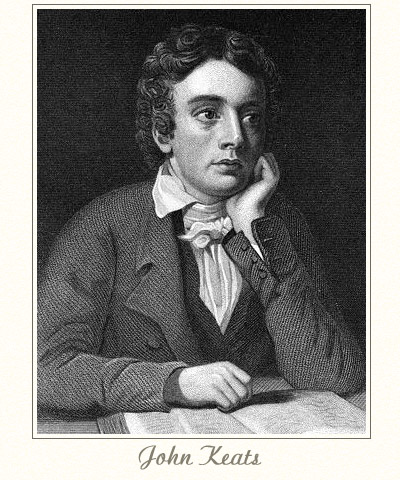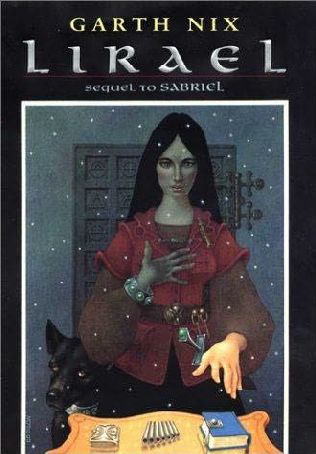
A Capuchin reader called Howard Watson has contributed this article on Moll Cutpurse, the notorious highway robber. It's a fascinating piece, which points out many of the literary associations to this incredible character.
1611, Fortune Theatre, London: The Roaring Girl, a comedy by Thomas Middleton and Thomas Dekker, receives its world premiere, and who is there but the ‘roaring girl’ herself, Moll Cutpurse. Middleton and Dekker described her as having “the spirit of four great parishes, and a voice that will drown all the city.” She earned her name as a cutpurse, or pickpocket, but became, as the social historian Patrick Pringle dubbed her, the Mother of Highwaymen.
Until the formation of the Bow Street Runners, founded by novelist Henry Fielding and his brother John, the blind judge, highway robbery was rife on the highways and byways of England.
Born in the reign of Elizabeth I, Mary Frith was reported to have “her fists tightly clenched” and as she grew she displayed all the hallmarks of a tomboy. An only child of a shoemaker and his wife, who lived in the Barbican, the young Mary was doted on by her parents, who ensured that she received a sound education. She had no truck with girlish pursuits, however, preferring sword and dagger to a bodkin and thimble. Young Mary soon became the Tudor equivalent of a teenage tearaway, found more in the company of boys, clad in doublet and hose and claimed to be the first female smoker!
Moll’s criminal career soon took off when, having tired of the prices offered for her ill-gotten gains, she set herself up as a fence. Such was her stock amongst the underworld that whatever was stolen, it stood a very good chance of ending up in her shop. People stopped advertising for their stolen property, instead making a beeline for Moll’s. Everyone knew that they could get a fair deal, trusted as she was by the robbers and the robbed.
In her fifteenth year, she had become a skilled thief, but exactly when she took to the road is difficult to establish. Her ability to handle firearms, her skill as a rider and her mannish appearance meant few if any of her male victims would have been able to identify her. Fear of public ridicule would have prevented from others admitting that a woman had robbed them; even if it was the legendary Moll Cutpurse!
All her biographers agree that she was a highwaywoman, although they are reticent on actual details. There is but one tale of any length but it is a good one.
Moll had long been robbing of the road when, during the period of the Commonwealth, she stole two hundred and fifty Jacobuses, or gold coins struck during the reign of James I, from the Roundhead general, and friend of Cromwell, General Fairfax, upon Hounslow Heath. In years to come, the heath would become a popular haunt of many a highwayman. Fairfax had to be convinced to hand over his money, Moll wounding him with her pistol. The general’s servants were unable to pursue her, as she shot their horses from underneath them, as she rode off. The incident took place in broad daylight.
Fleeing the scene of the crime, one of her tricks was to don complete female apparel but, in this instance, there was no time. Her luck seemingly running out, as her horse failed her at Turnham Green. Unable to escape, she was surrounded and taken into custody. Newgate Gaol was normally the last port of call for most felons, but she secured her release by handing the sum of £2,000 to General Fairfax.
As historian Christopher Hibbert wrote, in his study on highwaymen: as “a highwaywoman she seems, indeed, to have been more successful than any of her eighteenth century male successors”.
Throughout her colourful life, and for a time after her death, rumours abounded that Moll was 'intersex', the modern term now used to describe what was then called a hermaphrodite. She was clearly bisexual and had many lovers of both sexes. In The Roaring Girl, the on-stage character of Moll, she is quoted: “I have no humour to marry,” she states, “for I love to lie a’ both sides a’ th’ bed… I have the head of myself and am man enough for any woman.”
Dekker and Middleton were not just writing about contemporary person, but they frequented the same Fleet Street taverns and caroused with her. When she speaks in the play, her words have a ring of authenticity. Shakespeare was a contemporary of both writers and he too made reference to her in one of his plays. Sir Toby Belch’s allusion about taking the dust “like Mistress Mall’s pictures” is obscure, but Middleton is believed to have helped the Bard with one or two of his own plays, including Macbeth.
To the first biographer of highwaymen, Captain Alexander Smith, in his seminal work, A Complete History of the Most Notorious Highwaymen (1719), she was a “lusty and sturdy wench”.
She died, rather unromantically, of the dropsy, and was interred in St Bride’s churchyard, close to her home in Fleet Street, with a fair marble stone over her grave. Ever the ardent Royalist, she left £20 for her friends and associates to drink the health of the king when once more he ruled the land. She asked to be interred with a pistol, the breach pointing skywards. Her epitaph, rather erroneously attributed to Milton, and was destroyed in the Great Fire of 1666, read:
Here lies under this same marble,
Dust, for Time’s last sieve to garble;
Dust, to perplex a Sadducee,
Whether it rise a he or she,
Or two in one, a single pair,
Nature’s sport and now her care;
For how she’ll clothe it at Last Day
Unless she sighs it all away;
Or where she’ll place it, none can tell,
Some middle place ‘twixt Heaven and Hell;
And well ‘tis Purgatories found
Else she must hide her underground.
These relics do deserve the doom
That cheat of Mahomet’s fine tomb;
For no communion she had
Nor sorted with the good or bad;
That when the world shall be calcined
And the mixed mass of human kind,
Shall separate by that melting fire,
She’ll stand alone and none come nigh her.
Reader, here she lies till then.
When truly you’ll see her again.

































